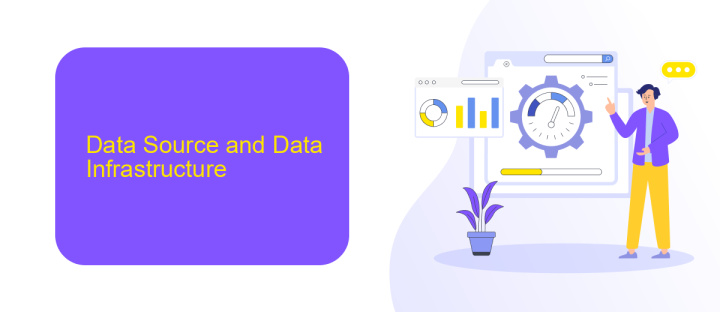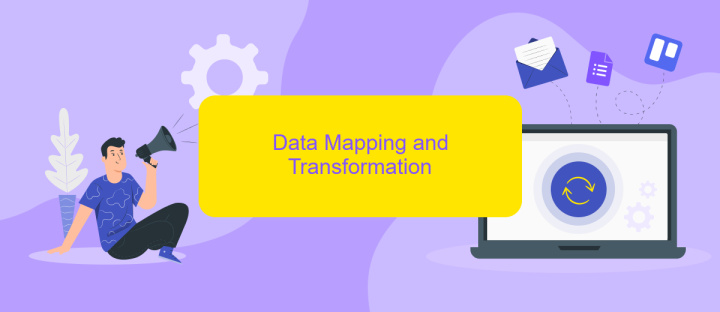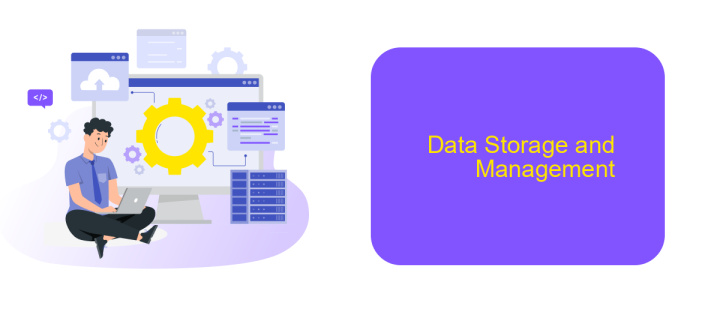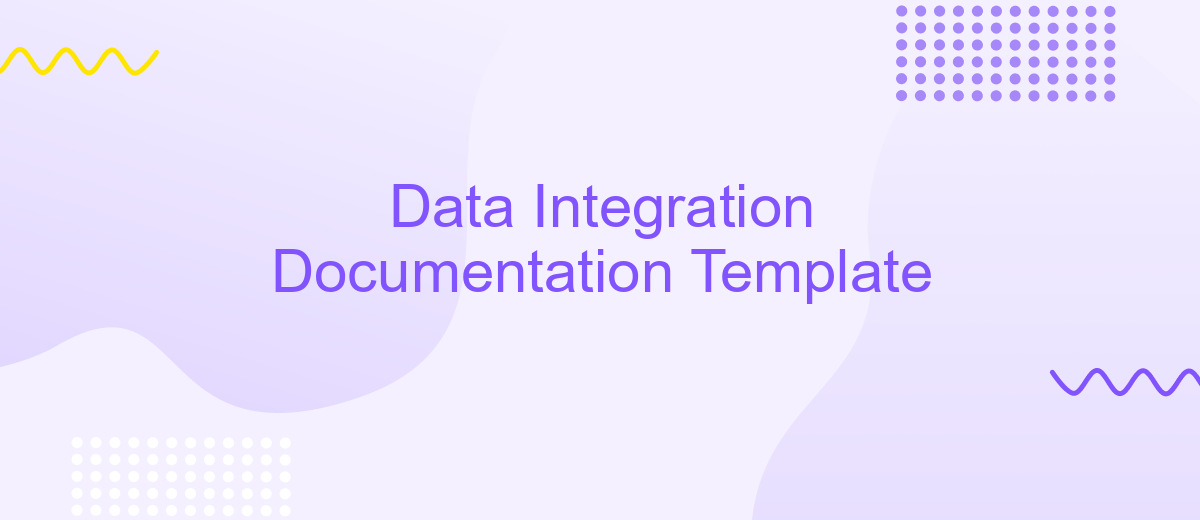Data Integration Documentation Template
Creating a comprehensive Data Integration Documentation Template is essential for ensuring seamless data flow between systems. This template serves as a standardized guide to document integration processes, data sources, transformation rules, and error handling procedures. By providing clear and consistent documentation, organizations can enhance data accuracy, streamline operations, and facilitate better decision-making across various departments.
Introduction
Data integration is a critical process for businesses aiming to streamline their operations and ensure seamless data flow between disparate systems. A well-structured documentation template is essential for effectively managing data integration projects, providing clear guidelines and a comprehensive overview of the integration processes.
- Define the scope and objectives of the data integration project
- Detail the data sources and destinations involved
- Specify the data transformation and mapping rules
- Outline the integration workflows and schedules
- Include troubleshooting and maintenance guidelines
Utilizing services like ApiX-Drive can significantly simplify the setup and management of data integrations. ApiX-Drive provides a user-friendly interface and robust tools to connect various applications and automate data transfer, ensuring that your integration processes are both efficient and reliable. This documentation template serves as a foundational guide to help you navigate the complexities of data integration and maintain a high standard of data consistency and accuracy.
Data Source and Data Infrastructure

Data sources are the origins of the raw data that will be utilized in the integration process. These sources can range from databases, APIs, flat files, cloud storage, and third-party applications. Identifying and documenting each data source is crucial for ensuring seamless data integration. For instance, when integrating with APIs, it is essential to specify the endpoint URLs, authentication methods, and data formats. Detailed documentation will facilitate smoother data extraction and transformation processes, ultimately leading to more reliable and accurate data integration outcomes.
Data infrastructure encompasses the tools, technologies, and frameworks that support the data integration process. This includes data warehouses, ETL (Extract, Transform, Load) tools, and data integration platforms. Services like ApiX-Drive can significantly streamline the integration process by providing a user-friendly interface for connecting various data sources without requiring extensive coding knowledge. ApiX-Drive supports numerous applications and services, making it a versatile choice for diverse integration needs. Properly documenting the data infrastructure ensures that all stakeholders understand the system architecture, data flow, and integration points, which is vital for maintaining data integrity and consistency.
Data Mapping and Transformation

Data mapping and transformation are crucial steps in the data integration process, ensuring that data from different sources is accurately combined and utilized. These steps involve defining how data fields from one source correspond to data fields in another and applying necessary transformations to harmonize the data.
- Identify data sources and target systems.
- Map source data fields to target data fields.
- Define transformation rules for data harmonization.
- Validate data mappings and transformations.
- Implement and test the integration process.
Utilizing tools like ApiX-Drive can significantly streamline the data mapping and transformation processes. ApiX-Drive provides user-friendly interfaces and automated workflows that simplify the integration of various data sources, ensuring seamless and accurate data transfer. By leveraging such tools, organizations can reduce errors, save time, and improve the overall efficiency of their data integration efforts.
Data Storage and Management

Effective data storage and management are crucial for ensuring the reliability and accessibility of integrated data. The storage solutions should be scalable to accommodate growing data volumes and flexible enough to adapt to various data types and sources. A well-structured data management plan helps in maintaining data integrity and security.
To optimize data storage, consider implementing cloud-based solutions that offer both scalability and cost-efficiency. Cloud storage services such as Amazon S3, Google Cloud Storage, and Azure Blob Storage provide robust options for handling large datasets. Additionally, implementing data warehousing solutions like Amazon Redshift or Google BigQuery can enhance data analysis and reporting capabilities.
- Ensure data redundancy and backup to prevent data loss.
- Use encryption to protect sensitive data during storage and transmission.
- Regularly monitor and audit data access to maintain security and compliance.
- Implement data lifecycle management to archive or delete outdated data.
For seamless data integration, consider using services like ApiX-Drive, which facilitate the connection between various data sources and storage solutions. ApiX-Drive automates data transfers, reducing manual effort and minimizing the risk of errors. By leveraging such services, organizations can streamline their data workflows and enhance overall data management efficiency.
- Automate the work of an online store or landing
- Empower through integration
- Don't spend money on programmers and integrators
- Save time by automating routine tasks
Data Quality and Governance
Ensuring data quality and governance is paramount in any data integration process. It involves implementing robust mechanisms to validate, clean, and monitor data as it flows through the system. Establishing clear data governance policies helps maintain consistency, accuracy, and reliability of data across various sources. This includes defining data ownership, setting up data stewardship roles, and enforcing data quality standards. Regular audits and automated checks can be employed to detect and rectify anomalies, ensuring that the integrated data meets the required quality benchmarks.
Utilizing tools like ApiX-Drive can significantly enhance data quality and governance efforts. ApiX-Drive allows seamless integration between various applications, ensuring that data is transferred accurately and efficiently. Its automated workflows minimize human error, while its monitoring and alerting features help identify and resolve data issues promptly. By leveraging such services, organizations can streamline their data integration processes, ensuring that high-quality data is consistently maintained and governed throughout its lifecycle.
FAQ
What is a Data Integration Documentation Template?
Why is a Data Integration Documentation Template important?
What should be included in a Data Integration Documentation Template?
How can I automate the data integration process?
How do I ensure data quality during integration?
Apix-Drive is a universal tool that will quickly streamline any workflow, freeing you from routine and possible financial losses. Try ApiX-Drive in action and see how useful it is for you personally. In the meantime, when you are setting up connections between systems, think about where you are investing your free time, because now you will have much more of it.


